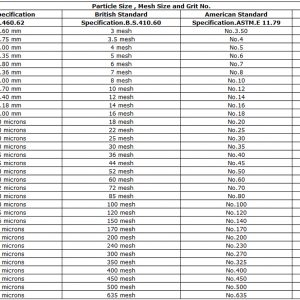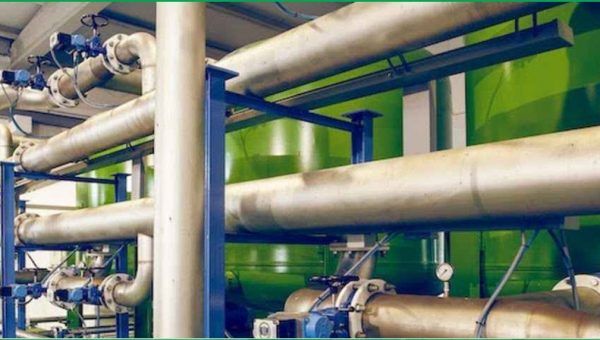Rice milling produces address husk as a product. It surrounds the grain of paddy. During paddy milling, about 78% weight is obtained in the form of rice, broken rice and bran. Then 22% of the weight of paddy is obtained in the form of husk. This husk is used as a fuel in rice mills to generate steam for the paraboiling process. This husk contains about 75% organic volatile matter and 25% of the load of this husk is converted to ash during the firing process, it is known as rice husk ash (RHA). This RHA, in turn, contains about 85% – 90% of amorphous silica.
Therefore about 220 kg (22%) of husk is produced for every 1000 kg of paddy milling, and when this husk is burned in a boiler, about 55 kg (25%) of RHA is produced.
India is a major rice producing country, and the husk generated during milling is used as a fuel in boilers for processing paddy, producing energy through direct combustion or gasification. About 20 million tonnes of RHA are produced annually. This RHA is a great environmental hazard that damages the land and its surrounding area. Many ways are being thought of to dispose of them using this RHA commercially.
Other Uses of Rice Husk Ash:
RHA acts as a very good insulator. RHA is also used for insulation of molten metal in Tundish and ladle in slab castors. The temperature of molten metal in ladle is around 1400 degree centigrade and above. When this metal flows from ladle to Tundish, the temperature drops to about 1250 degrees. This decrease in temperature causes choking and causes breakage in the slab caster.
When it spreads as a coating over the molten metal in the RHA tundish and ladle, it acts as a very good insulator and the temperature is maintained and does not cool quickly, hence the breakdown of the casting.
Definitions:
Amorphous silica: Rice bran is burnt at a controlled temperature that is below 700 degrees centigrade. This ash is amorphous in nature. This amorphous state changes to the crystalline state when the ash is exposed to temperatures above 850 degrees centigrade.
Green Concrete: The green concrete is eco-friendly and saves the environment by using waste products generated by industries in various forms like rice husk ash, micro silicone. To create resource-saving concrete structures. The use of green concrete helps in saving energy, emissions, waste water. Green concrete is also often cheaper to produce because it directly uses waste products as a partial alternative to cement, thus saving energy consumption in production. Per unit of cement. All green concrete has greater strength and durability as compared to normal concrete.
High Performance Concrete: Also known as HPC, the name given to the mix with high practicality and very high initial strength long term durability.
Silica Fume: Silica fume (very fine non-crystalline silicon dioxide) or micro silica is a waste product of induction arc furnaces in the ferro silicon industry.
Super-pozzolans: materials with high silica content above 85%






